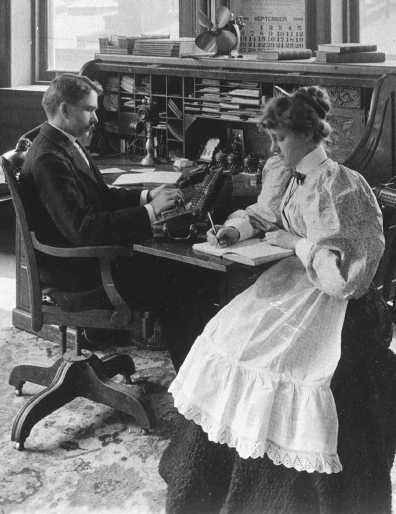What kinds of work did people do in industrial America?
Printed Page 556

THE NUMBER OF INDUSTRIAL WAGEWORKERS in the United States exploded in the second half of the nineteenth century, more than tripling from 5.3 million in 1860 to 17.4 million in 1900. These workers toiled in a variety of settings. Many skilled workers and artisans still earned a living in small workshops. But with the rise of corporate capitalism, large factories, mills, and mines increasingly dotted the landscape. Sweatshops and the contracting out of pieces of assembly work, including finishing garments by hand, provided work experiences different from those of factory operatives and industrial workers. Pick-and-shovel labor constituted the lowest-paid labor, while managers, as well as women “typewriters” and salesclerks, formed a new white-collar segment of America’s workforce. Children also worked in growing numbers in mills and mines across the country.
KEY FACTORS
- – The number of industrial workers in the United States more than tripled between 1860 and 1900.
- – Most common laborers were immigrants.
- – In 1890, the average workingwoman was twenty-two and had been working since the age of fifteen.
- – In most working-class families, economic survival depended on the pooled wages of most or all members of the family.
- – By the 1890s, secretarial work was the overwhelming choice of native-born, single white women, who constituted more than 90 percent of the female clerical force.